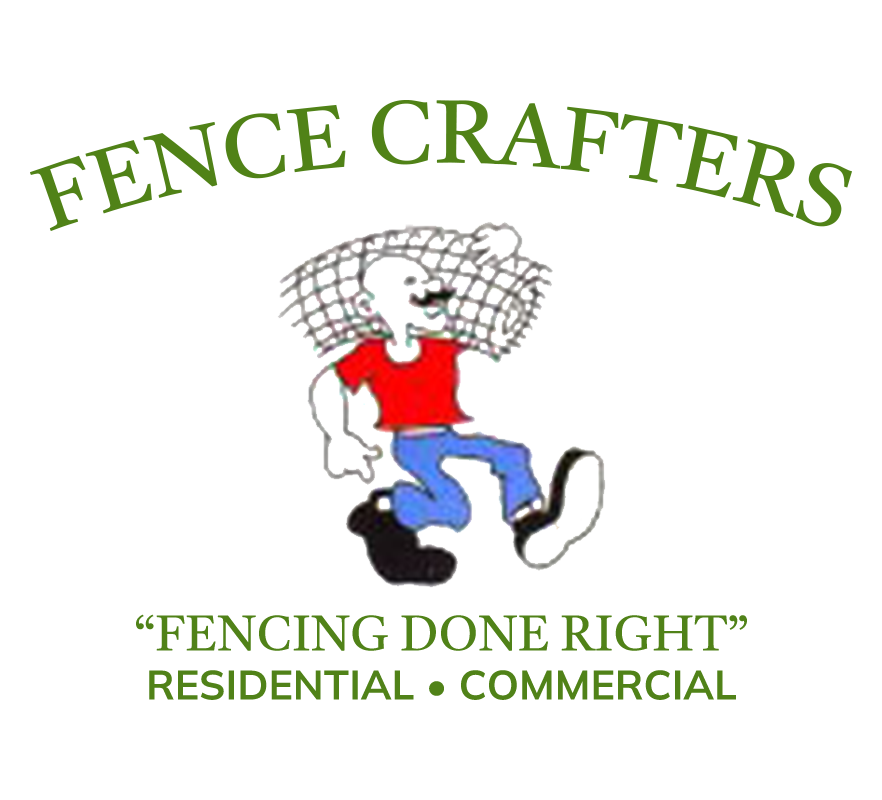Six Types of Fences
The type of fence you choose will not only play a key role in your home’s exterior design, but also provide one of the most important benefits of all homes; security. Privacy and security are two of the most common reasons Americans look to buy homes. A professionally installed fence gives every homeowner that true sense of home we all desire. Fencing, whether it be wood or chain link, will greatly affect your sense of home. Before choosing your next fence, be sure to review the six most common fencing types below.
Aluminum Fencing
One of the most basic and attractive fencing types is aluminum. While it does not provide the amount of security many homeowners look for in a fence, it’s relatively maintenance free and can essentially look like any other type discussed in this article. The only maintenance will come during installation when you choose to paint and decorate it. However, along with the security, it’s not as strong as you may think and we do not recommend it for areas with severe weather.
Wood Fencing
Wood is the most popular fencing type across America. Not only does it give homeowners a sense of privacy with the height wood fencing provides, but they are also one of the more attractive options on the market. They give homeowners a warm and welcoming feeling and without the headache of breaking the bank. Beware that the height and size of your fence will greatly impact the price. The more lumber you need, the more expensive the project will be. On top of that, like all fences, they take awhile to install. Therefore, a smaller fence will clearly be cheaper than a larger one.
On the plus side, wood fences can easily last the lifetime of your home. Just like hardwood floors, the quality of your fence will greatly depend on the type of wood you choose. Needless to say, you have plenty to choose from.
PVC Fencing
Hands down, the cheapest way to fence in your yard is by using one made of PVC. These fences use PVC to replace wooden stakes and pickets, and although not nearly as sturdy, they can certainly serve their purpose. The posts are PVC sleeves that go on top of wooden posts to add stability to the fence, but also cut down on material costs by using less wood. Sometimes, the PVC stakes are attached with an adhesive to the cross bars and other times, they are fastened with screws. This type of fencing comes in a variety of different heights and colors. Because of its PVC makeup, the fence is very resistant to the elements and can last for years.
Vinyl Fencing
Other than cost, vinyl fencing is elite when it comes to any other category. In fact, some manufacturers claim that vinyl fences are nearly five times stronger and four times more flexible than comparable wood fences.
Vinyl fencing is maintenance free and resists paint, allowing you to easily clean graffiti or any other unwanted stains. All you will need is a hose and soap to make it look as good as new.
Installing a vinyl fence may have a higher upfront cost, but given its low maintenance costs and long lifespan, vinyl fencing is cheaper than many other fencing types.
Chain Link Fencing
Chain link fences do not add much privacy to the home, but perform the other basic functions of a fence quite well. Homeowners, as well as school administrators (very popular), will be delighted to know that they are cheap, durable and need very little maintenance (like many of the other options).
Oftentimes, homeowners add a good amount of shrubbery, flowers, vines or even privacy slates on the outside of chain link fence. Not that this would add any more security to your home, but it would add a pinch of privacy. Any homeowner can cut off their neighbors’ views with a little bit of creativity.
Farm Fencing
Farm fencing certainly doesn’t apply to everyone, but it plays a vital role across America. Just like all non-farm homeowners, you have many options, such as wood, electric, barbed wire, woven or high tensile. No matter what fencing type you go with, beware that installation is expensive and timely. Given the amount of land farmers own, you can imagine the manpower it takes to put up an entire fence.
Conclusion
While security and privacy are certainly the top two functions of all home fences, design and creativity should never take a back seat. With all the fencing choices available, no home in America needs to sacrifice looks for security.
